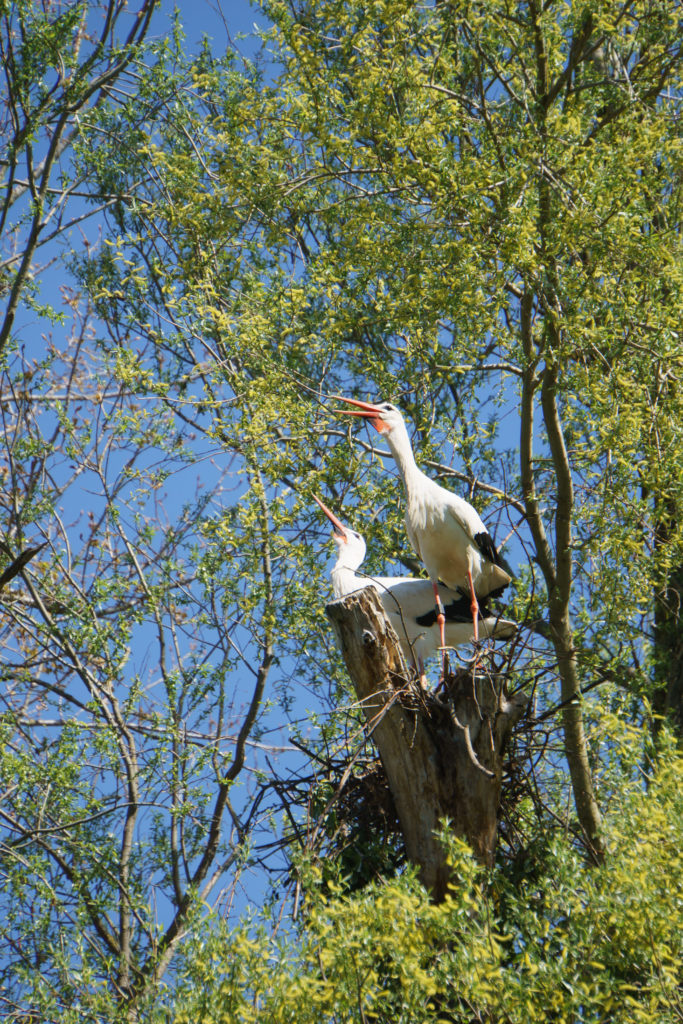Idyllic Selz
The first meters of the Hiwweltour Westerberg lead you idyllically along the Selz River, which ripples quietly next to the hiking trail. The stream, which is about three meters wide, rises near the village of Obris in northern Palatinate. It flows through the districts of Alzey, Mainz and Bingen and flows into the Rhine after about 60 kilometers.
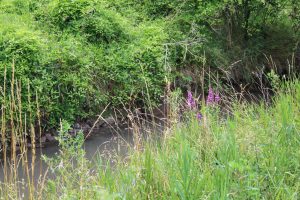
The Selz Valley has been a designated landscape conservation area since 1990. Since then, the Selz has been extensively renaturalized, resulting in a steady improvement in water quality over the past decades. The stream is a habitat for fish species such as perch, pike or stickleback. In addition, many species of small aquatic animals such as frogs, water spiders, diving beetles and dragonflies cavort in and along the Selz. If you close your eyes and prick up your ears, you can hear them.
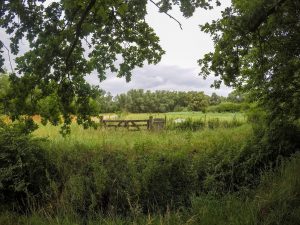
The Selz is one of the main bodies of water in Rheinhessen and has a firm place in the hearts of many residents of the Selz Valley. To ensure that the watercourse is always in a well-kept condition, volunteer stream sponsors regularly look after it. Each stream sponsor looks after a defined section and reports any problems to the Selz Association, which then takes all the necessary steps. A wonderful initiative!
Waters with history
The Selz River has played an important role in the lives of the people of the Selz Valley for many centuries. In the past, when the Selz was covered with a thick layer of ice in winter, the ice harvesting began. Ice makers used hatchets and axes to cut free large pieces of ice, which were then driven home on horse-drawn wheelbarrows and stored in special ice cellars. There, the ice from the Selz River was further crushed and used by local butchers or innkeepers to cool their wares.
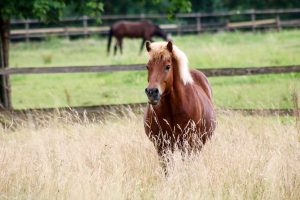
Various species of willows grow along the banks of the Selz River. The gnarled shapes of the pollarded willows gave rise to many superstitions throughout history. To protect oneself from fever and sore throat all year round, one should swallow three willow catkins. To protect the house from a lightning strike, one should burn willow catkins on the stove during a thunderstorm. However, the willows also had practical uses for people. Baskets were woven from the branches of the broken willow. In addition, vintners use the flexible branches to tie their vines to the trellises.
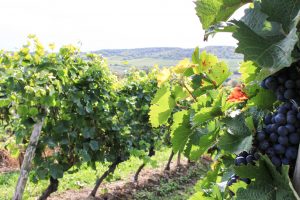
Guest in an old seltzer mill
Nowadays, the Selz River carries little water. In the past, things were different, because along the course of the stream there were mills everywhere that used the Selz water to grind grain or rapeseed. In the meantime, all mills have been shut down, but many of them still exist. For example, the over 300 year old Owl Mill in Großwinternheim. It is located directly on the Hiwweltour Westerberg and is now a country inn with guest rooms and horse farm.

In the cozy restaurant or on the terrace you can taste delicious dishes of the Rhine-Hessian cuisine, of course rounded off with excellent wines of the region. Old millstones still bear witness to the past of the Eulenmühle as a flour mill. The perfect stop after your hike on the Hiwweltour!
Bird concert in nature reserve
The Selz Valley has a total of 15 nature reserves. The Hiwweltour Westerberg leads you through the middle of the nature reserve Gartenwiese near Schwabenheim an der Selz. About 200 bird species live, breed or make a stopover in the Selz valley during their migration. The "Garden Meadow" is home to reed warblers, bluethroats, corncrakes, gray geese, barred tits, reed warblers and many other species of birds, all of which sing together in a great nature concert. Here, too, it is recommended to simply close your eyes and listen to nature.
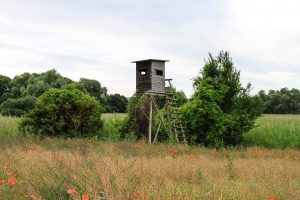
Rare hollow ways
Towards the end of the Hiwweltour, you will hike through the middle of another scenic highlight: the Ingelheim Hollow Trails. They are paths cut deep into the Westerberg, which were created over the centuries, primarily by heavy rainfall. They had an easy time in the soft loess soil, which was furrowed by agricultural implements.
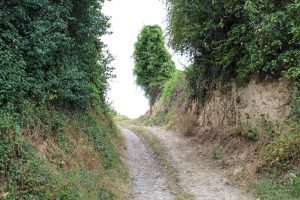
Hollow paths are (have become) very rare in Germany. Rheinhessen has a comparatively large system of sunken paths, some of which are up to ten meters deep. The Ingelheim sunken paths are "only" up to four meters deep, but they are really impressive.
A blessing for nature
The rugged and only sparsely vegetated loess walls are ecologically extremely valuable for diverse animal and plant species. The many small holes in a hollow path wall are nesting quarters for wild bees and other insects. They are extremely important for the endangered bees, as suitable nesting sites are becoming increasingly rare elsewhere. The Ingelheim hollow paths are also home to a badger burrow, the entrance to which is visible from the edge of the path. However, it may be difficult to spot the inhabitants during your hike, as badgers are nocturnal animals. However, you can still go in search of tracks, because they have left imprints in the soft loess soil.
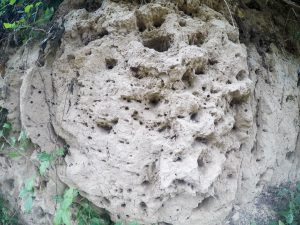
Hollow paths are endangered and thus their species-rich biotic community is also threatened. Many hollow paths are becoming overgrown. The woodland vine, for example, grows particularly readily and quickly. This may look enchanted, but for rare and endangered species, an open, unvegetated, sunlit loess wall is more valuable than a lushly vegetated hollow way.
Local nature conservation groups take care of the maintenance of the Rhenish Hessian sunken paths, which are worthy of protection, on their own initiative. It goes without saying that hikers should treat this rare piece of nature with respect. It is to be hoped that as many sunken paths as possible will be preserved for a long time so that the fascinating diversity of the loess wall inhabitants does not disappear.


